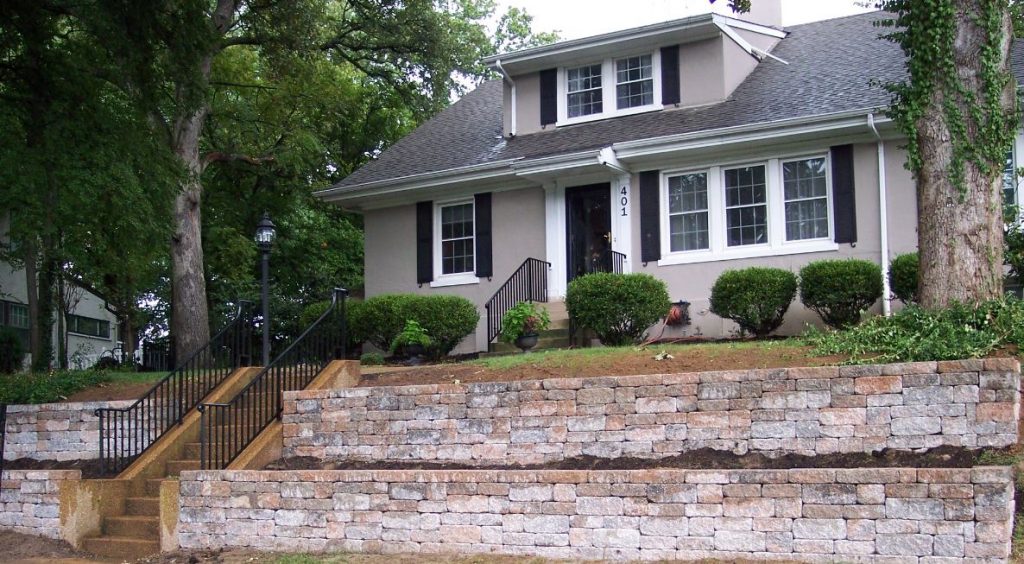January 3, 2017
2017’s prospective home improvement trends are starting to come into better focus — and all signs point to a surge in first-time home buyers and home improvement spending. In fact, HomeAdvisor’s 2017 forecast calls for a continued dwindling of “distress” and a continued increase in the number of “normal” home sales. And this scenario should translate into a slight uptick in existing home sales — particularly among first-time home buyers — even as mortgage rates notch higher.
Millennials as a Source of Growth for 2017 and Beyond
Industry pundits have long pontificated an increase in first-time home buyers, and now there is science to support that forecast. The Harvard Joint Center for Housing Studies predicts that millennials will form 23 million new households over the next 10 years as they marry and have children (yes, they are marrying and having children at rates similar to previous generations at the same age). The Joint Center also forecasts that the share of homeowners under the age of 35 will grow from 31 percent today to 35 percent in 2017.
We’ve been hearing for some time now that millennials’ incomes are not keeping up with home prices, so how will they be able to afford to move out of rental homes (or out of their parents’ homes) and into their own homes within the next year?
First, many of them are going to buy fixer-uppers. A home that needs repair will sell for considerably less than one that has already been lovingly refurbished and updated — and the percentage discount can be significant. With mortgage funds becoming more readily available, many millennials will be able to get into a home that needs repair.
Then, they’ll work to fix them up — completing home improvement projects over a period of one to two years and adding more to their dream homes as finances allow. This is an excellent way for 20- and 30-somethings to start building equity, and, to the extent that they’re able to add some “sweat equity” (i.e., to do some of the hammer-swinging themselves), they will realize even greater financial benefits.
In a decade, owners currently younger than 35 are projected to account for more than one-quarter of total home improvement market spending. What’s more, according to Harvard’s analysis, they’re projected to account for virtually all of the net growth in home improvement industry spending.
4 Ways First-time Home Buyers Will Save Money in 2017
Here are some ways first-time home buyers will be able to make their dollars go farther:
- Transitional Neighborhoods: We expect more and more of these house hunters to search in up-and-coming Transitional neighborhoods — those in which a number of homes are being fixed up and beautified — will provide them the best return on investment.
- Livable Fixer Uppers: Many of them will want to look for homes chiefly in need of relatively easy, inexpensive cosmetic repairs (such as updating wallpaper or fixing landscaping). Some sellers simply don’t want to go to the trouble of updating and repairing everything, but an industrious buyer can decide which items are most important and tackle those first. Young buyers should look for homes that are immediately livable, but that have just enough “ugly” to warrant a nice discount. This approach can save a buyer a lot of money while providing a superior return on investment.
- Out-of-date Features: Some buyers will actually favor a home with out-of-date features and appliances, just to stay in their affordable price range. Buyers can plan to update certain items each year, according to their own priorities and tastes (and budgets). They should be able to buy “more house” for a given amount of money going this route.
- Foreclosures & Short Sales: Some are still finding foreclosed homes and short sale homes. It’s a common belief that the foreclosure supply is gone, but there is actually still a significant amount of inventory left in the hands of the banks — and some of it can be bought at a good discount. A caveat: Some of those houses can turn into “money pits” with difficult-to-estimate repair needs, so buyers should be sure to get a qualified inspector to check things out prior to making a purchase. First-time home buyers typically aren’t equipped or solvent enough to tackle deep renovation projects that involve pulling building permits. They should be careful not to get in over their heads.

 Top States for Home Improvement
Top States for Home Improvement  America’s Costliest Kitchen Projects
America’s Costliest Kitchen Projects  Empty-Nesters, Smart-Home Tech & Their Impact on Home Improvement Trends
Empty-Nesters, Smart-Home Tech & Their Impact on Home Improvement Trends  More Evidence on the “Nesting is Investing” Trend
More Evidence on the “Nesting is Investing” Trend  Home Depot Sales Beating the Rest of the Economy
Home Depot Sales Beating the Rest of the Economy 

Are You Familiar With This Topic? Share Your Experience.